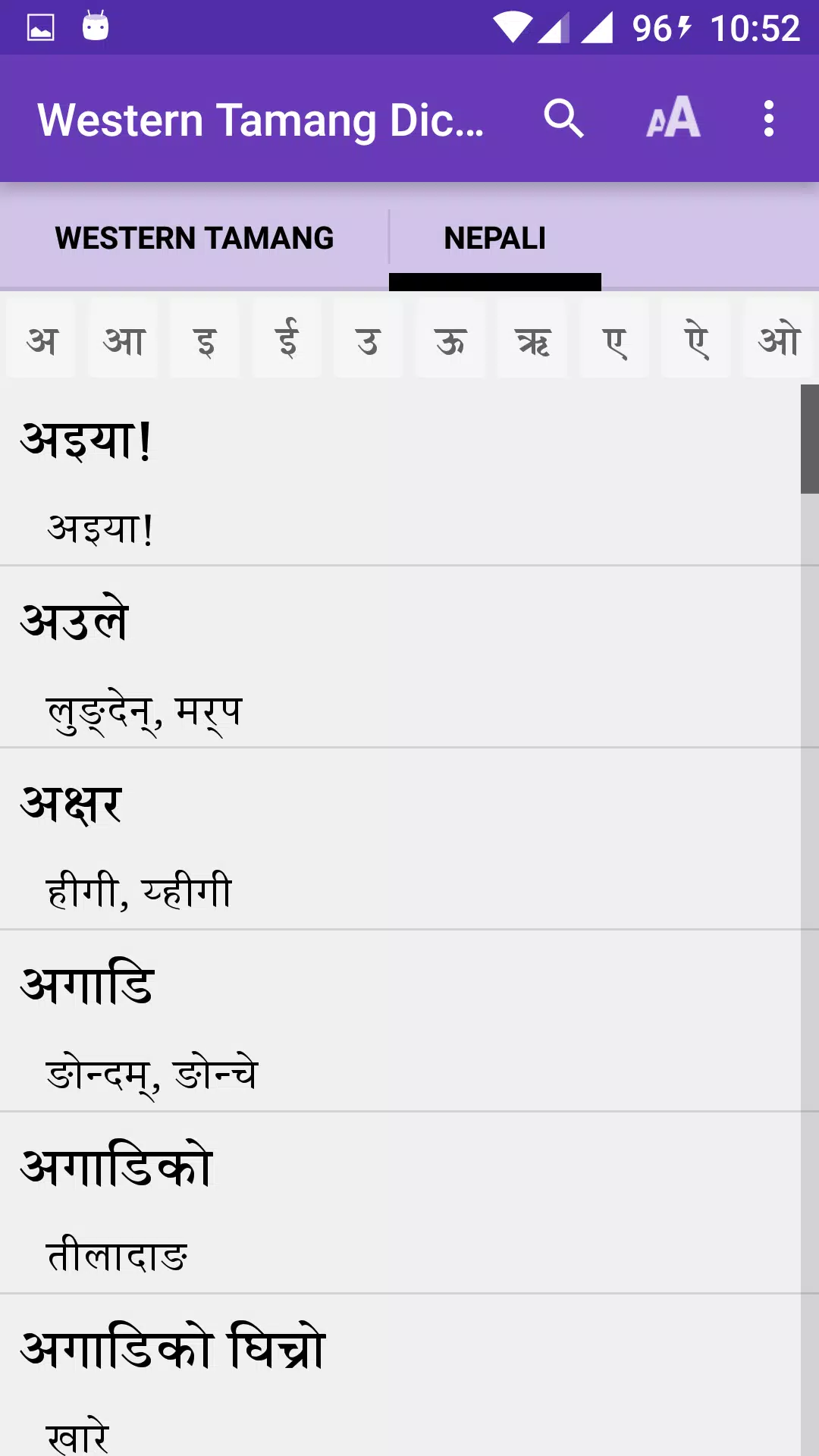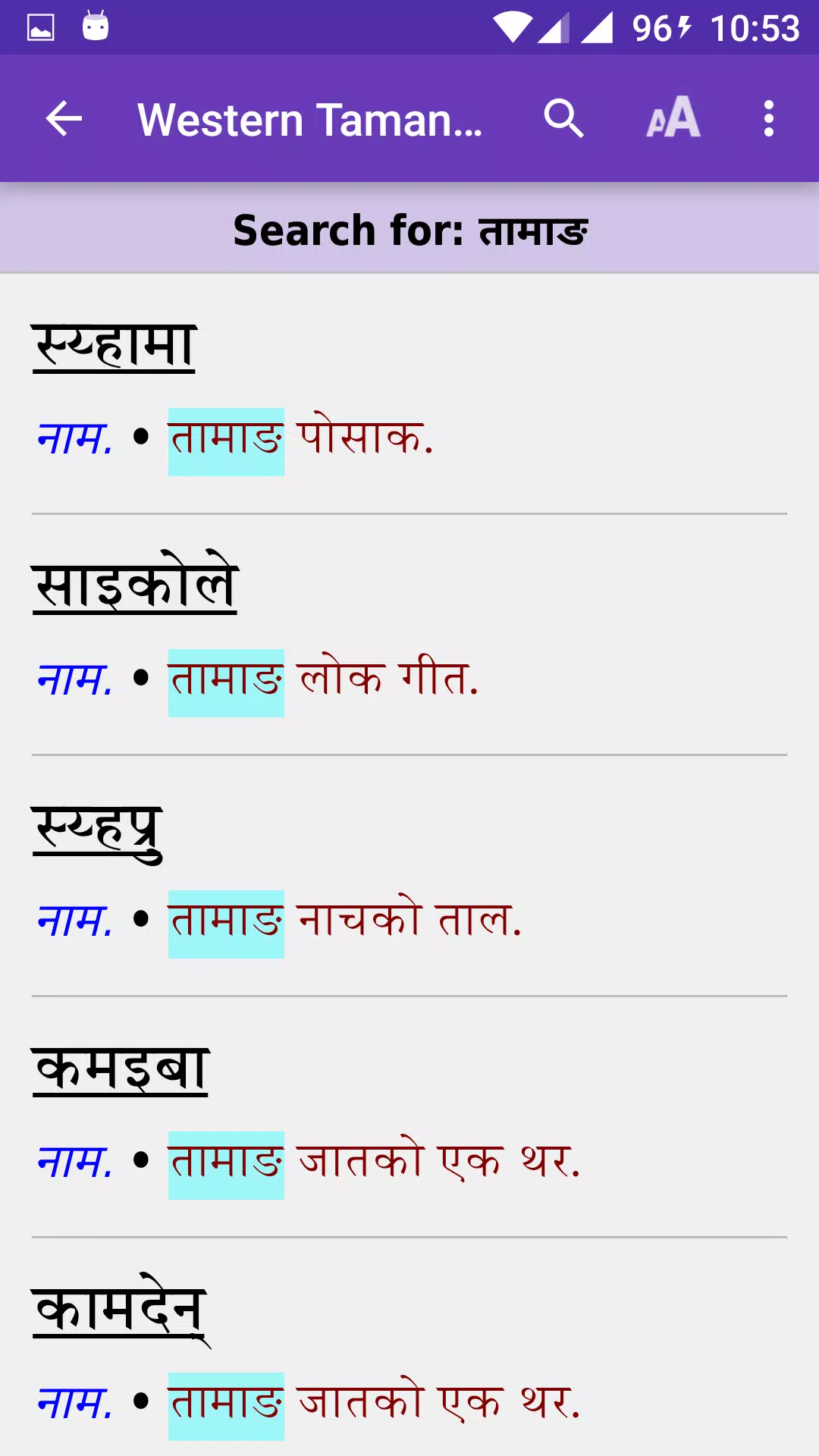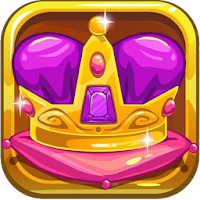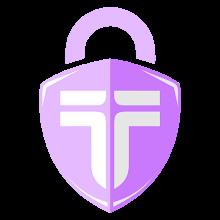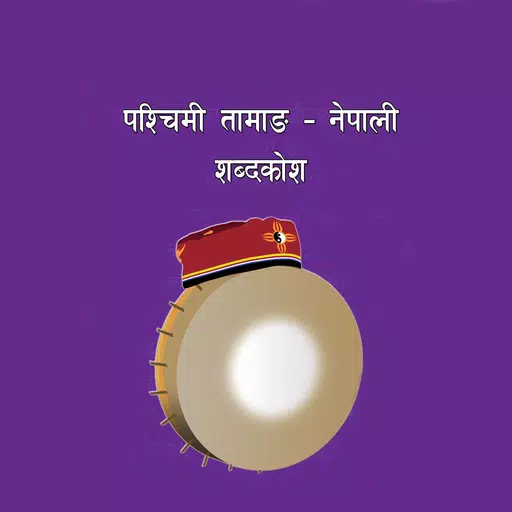
Western Tamang - Nepali Dictionary
The Tamang language is integral to the Tamang speech community, recognized as the fifth most spoken language in Nepal, with 5.1% of the population according to the 2011 Census. Classified under the Tibeto-Burman group of the Sino-Tibetan language family, Tamang speakers predominantly reside around the Kathmandu Valley, extending to various districts across the country. The Nepal government officially recognized the Tamang as an indigenous ethnic community in 2058 vs, and subsequent constitutions in 2063 vs and 2072 vs have elevated Tamang to the status of a national language.
The origins of the Western Tamang are traced back to Tibet, as narrated in the ‘Do:ra song’, where they entered Nepal through ‘Same’ in the Himalayas. The Tamang communities are scattered in various locales such as ‘Rhirhap’, ‘Gyagarden’, below ‘Bompo’ and ‘Lambu’, and just above ‘Same’. Cultural practices among the Tamang, such as the direction in which the dead are carried, reflect their beliefs about the Earth’s orientation, with ‘Sa’ representing the Earth and ‘me’ the Tail, thus naming ‘Same’ as ‘the tail of the Earth’. This movement from the tail to the head signifies significant cultural shifts within the community.
Tamang language, lacking a standardized grammar, branches into two dialects: Eastern Tamang, originating from the Langtang Himal region and spoken east of the Trisuli River, and Western Tamang, spoken in districts such as Rasuwa, Nuwakot, Dhading, Gorkha, Lamjung, Chitawan, and Kanchanpur. These dialects are further distinguished as ‘Syarba’ for Eastern and ‘Nhurba’ or ‘Nhuppa’ for Western Tamang.
This bilingual dictionary is a collaborative effort by members of the Western Tamang speech community from the aforementioned districts. It serves as a crucial tool for preserving, promoting, and developing Western Tamang, particularly as the number of its speakers declines due to the influence of Nepali, the lingua franca. By providing translations from Tamang (source language) to Nepali (target language), this dictionary aids in comparative linguistic studies and supports the cultural heritage of the Tamang community.
We are committed to the continuous enhancement of this dictionary, welcoming insightful feedback from the speech community, stakeholders, readers, and organizations to ensure its improvement, advancement, and maturity.
What's New in the Latest Version 1.7
Last updated on Sep 29, 2024
- Updated on July 30, 2024
- New Android SDK integration



